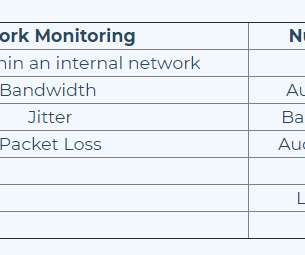The beginner’s guide to VoIP voice quality testing
Spearline Testing
MAY 10, 2022
What is VoIP? Voice over Internet Protocol (VoIP) in basic terms, refers to voice being compressed and then sent over the internet to a receiver on the other end and decompressed back into audible voice. There are many benefits to utilizing VoIP instead of a traditional phone line. Latency in VoIP should not exceed 200ms.




















Let's personalize your content